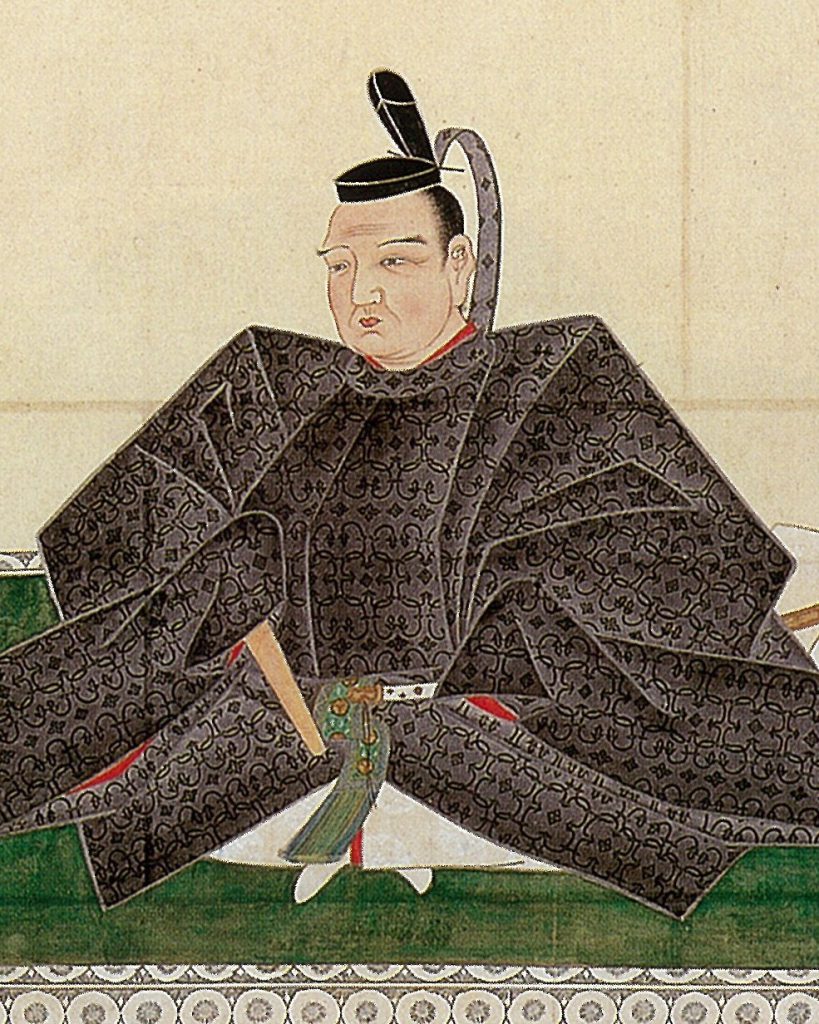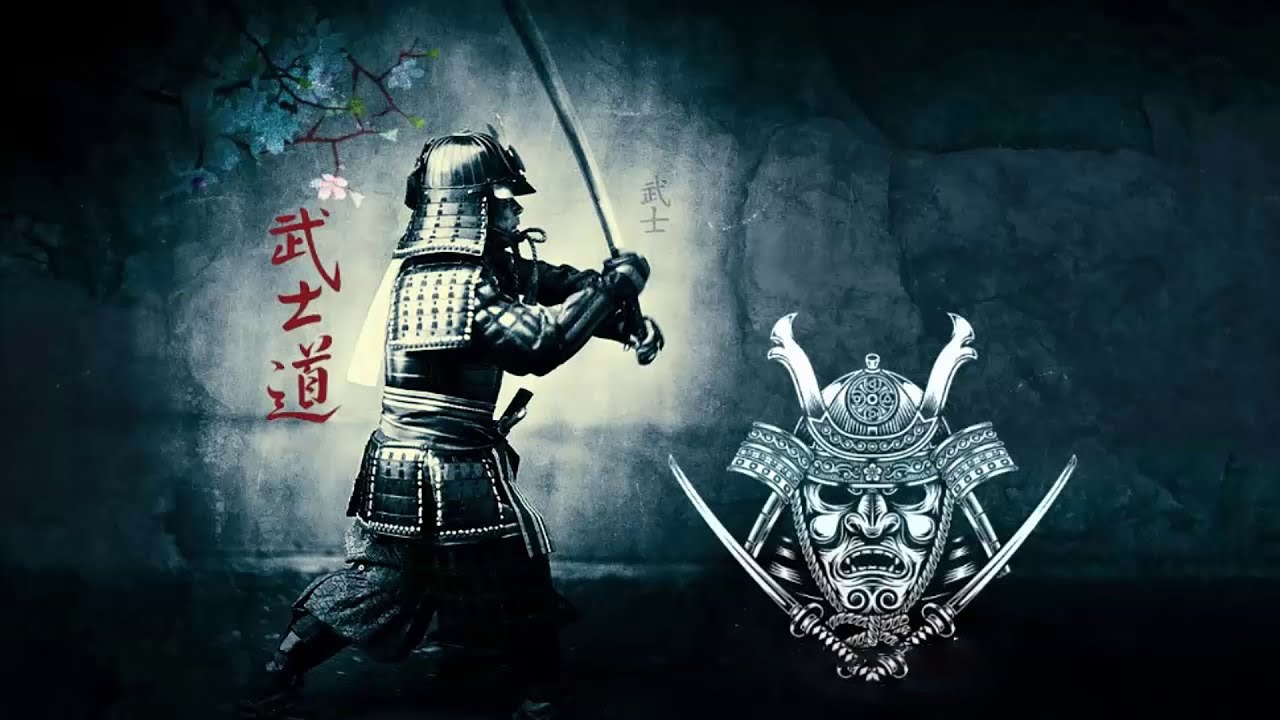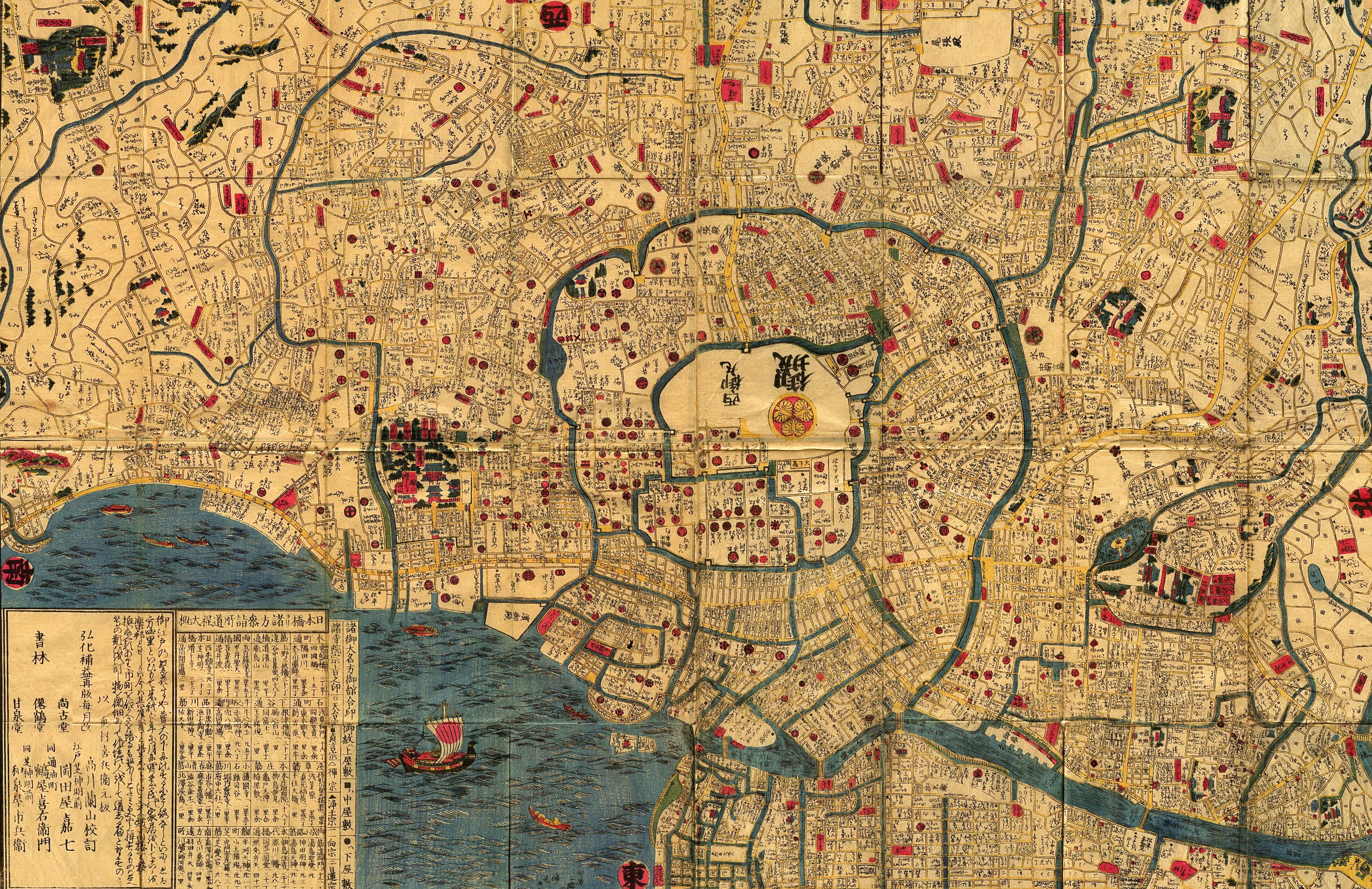
Deutsch-Chinesische Enzyklopädie, 德汉百科
 Japanese history
Japanese history

锁国(日语:鎖国)是日本于江户时代施行的外交政策,自1633年颁布第一次锁国令开始,直到1853年美国海军军官培里率舰叩关为止。当初实行该政策时亦称呼为“海禁”,锁国这名字是由兰学者志筑忠雄在1801年提出。当时日本与外国的贸易关系并非完全中止,但仅允许与特定对象进行,包括与荷兰人在长崎出岛进行贸易,而中国的明朝与清朝在长崎亦有贸易来往。此外,对马藩与朝鲜、萨摩藩、琉球以及松前藩和虾夷有贸易关系。
Die Abschließung Japans (jap. 鎖国, sakoku, wörtlich „Landesabschließung“) gilt als Schlüsselbegriff für die Außenpolitik des Tokugawa-Shōgunates von den 1630er Jahren bis zur erzwungenen Öffnung des Landes durch Matthew Calbraith Perry im Jahre 1853.
 Japanese history
Japanese history




 Military, defense and equipment
Military, defense and equipment




 Military, defense and equipment
Military, defense and equipment
 §***Important peace conferences in world history
§***Important peace conferences in world history

安政条约(日语:安政五カ国条約),是1858年(安政五年)日本分别与美荷俄英法签订的不平等条约的总称。5个条约均签订于安政五年,故称安政条约,又称五国通商条约,或安政五国条约。因未获天皇敕许,签订条约的江户幕府饱受攘夷派批评。
Die Ansei-Verträge (japanisch: 安政条約) oder die Ansei-Fünf-Mächte-Verträge (japanisch: 安政五カ国条約) sind eine Reihe von Verträgen, die 1858 während der japanischen Ansei-Ära zwischen Japan auf der einen und den Vereinigten Staaten, Großbritannien, Russland, den Niederlanden und Frankreich auf der anderen Seite unterzeichnet wurden. Der erste Vertrag, auch Harris-Vertrag genannt, wurde im Juli 1858 von den Vereinigten Staaten unterzeichnet, und Frankreich, Russland, Großbritannien und die Niederlande folgten noch im selben Jahr: Japan wandte auf die anderen Nationen die Bedingungen an, die den Vereinigten Staaten im Rahmen der „Meistbegünstigungsklausel“ gewährt wurden.



飞鸟时代基本上是指7世纪的日本,具体而言乃是从592年到710年之间的时期,也有人认为其开始阶段可更早至538年[1],和前一时期的古坟时代后期相重合。飞鸟时代以其根据遗址所在地奈良城南方25公里处的飞鸟(明日香村─あすかむら,あすか汉字也写作“飞鸟”)命名。大和王权在飞鸟时代开始发生巨大的变革,大化改新后中央集权的天皇体制正式成形,取代昔日地方豪族各自半独立的局面。从政治事件方面来说,飞鸟时代可以比较狭义的指592年推古天皇即位,593年圣德太子摄政推行圣德太子改革,至694年持统天皇从飞鸟浄御原宫迁都藤原京为止的102年,或至710年元明天皇从藤原京迁都平城京(今奈良市)为止的116年。
飞鸟时代同时也是日本历史上重要的文化、社会和政治交流发展时期,其起点为古坟时代的末期,在从中国传入的佛教影响下有长足的发展。佛教的引入是日本社会结构改变的重要标志,也以兴建寺庙代替兴建巨大古坟的风气,因此大型古坟迅速自飞鸟时代中消失。飞鸟时代的另一个重要表现是日本国的称呼,从倭(わ、やまと、ワ、ヰ)变为了日本(にほん,にっぽん)。
在艺术史上,飞鸟时代还可以分为两个时期:6世纪的“飞鸟文化”(狭义,指到大化改新为止,早期佛教文化传入并受到北魏和百济的影响)和7世纪的“白凤(はくほう)文化”(参见子条目命名之说明,指大化改新后的时期,受到更多隋朝和唐朝文化的影响)。
Die Asuka-Zeit (jap. 飛鳥時代, Asuka jidai; 538 (religionsgeschichtlich) oder 592–710) ist eine Periode der japanischen Geschichte.[1] Sie bildet die zweite Hälfte der Yamato-Periode. Ihren Namen erhielt sie davon, dass sich die kaiserliche Residenz damals meistens in Asuka-kyō befand. Kunstgeschichtlich unterteilt man die Asuka-Zeit weiter in die Suiko-Zeit (推古時代, Suiko jidai) von 552–645, wobei 552 offiziell der Buddhismus übernommen wurde, und die Hakuhō-Zeit (白鳳時代, hakuhō jidai) von 645–710.










 History
History
 Financial
Financial
 Historical coins, banknotes
Historical coins, banknotes